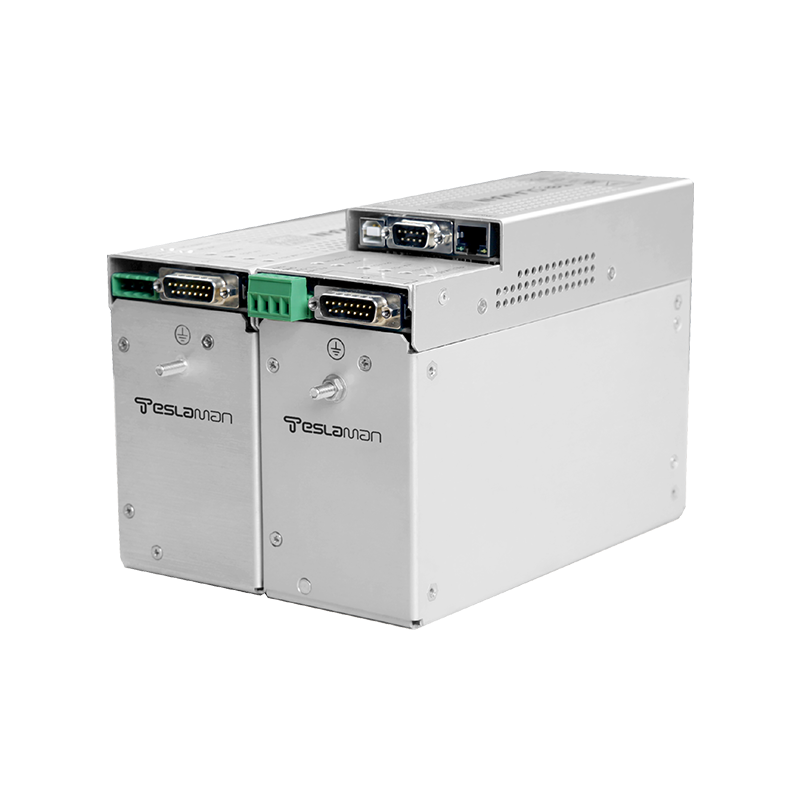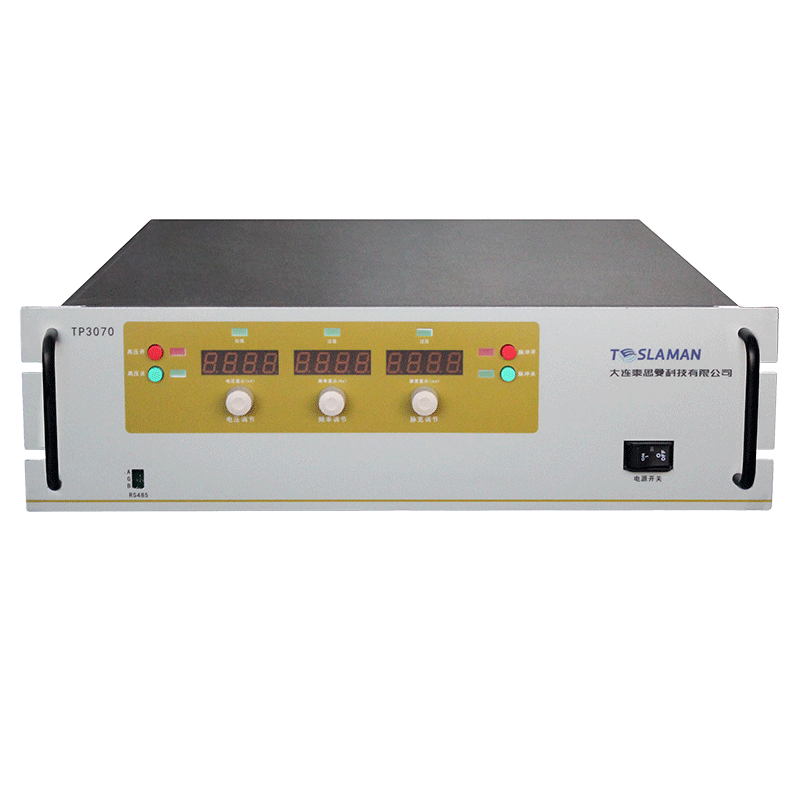High Voltage Stability of Polarity Switchable High Voltage Power Supplies
In many advanced technology fields, such as electron microscope imaging, plasma processing, and particle beam manipulation, polarity switchable high voltage power supplies play a crucial role. Such power supplies not only need to have the function of flexibly switching the voltage polarity but also ensure that the high voltage stability reaches extremely high standards when outputting different polarities to meet the strict requirements of precise experiments and production processes.
High voltage stability is of great significance for polarity switchable high voltage power supplies. In an electron microscope, stable high voltage output ensures the energy consistency of the electron beam, resulting in clear imaging and high resolution. If the high voltage fluctuates and the electron beam energy is unstable, the image will be blurred and details will be lost, seriously affecting the observation and analysis of the microstructure. In the plasma processing technology, stable high voltage is the basis for maintaining stable plasma discharge. Unstable voltage may cause fluctuations in plasma density and activity, thereby affecting the uniformity and consistency of material surface treatment and reducing product quality.
The factors affecting the high voltage stability of polarity switchable high voltage power supplies are relatively complex. Firstly, the power conversion circuit inside the power supply is crucial. When switching the voltage polarity, the switching elements in the power conversion circuit operate frequently. If the performance of the switching elements is poor, such as changes in on resistance and inconsistent switching times, the output voltage will deviate instantaneously, affecting stability. Secondly, the control and feedback system of the power supply also plays a decisive role. Precise control algorithms can monitor the output voltage in real time and make quick adjustments according to the set value. However, if there is a delay or noise interference in the feedback loop, the control system cannot respond to voltage fluctuations in a timely and accurate manner, resulting in a decrease in high voltage stability. In addition, the working environment of the power supply, such as temperature and electromagnetic interference, can also affect high voltage stability. Temperature changes may cause parameter drifts of electronic components, and strong electromagnetic interference may be coupled into the power supply circuit, causing voltage fluctuations.
To improve the high voltage stability of polarity switchable high voltage power supplies, a series of effective measures can be taken. In terms of hardware design, high quality and stable performance switching elements are selected, and the layout of the power conversion circuit is optimized to reduce the influence of parasitic parameters. At the same time, a high precision voltage sampling circuit and a low noise operational amplifier are used to improve the accuracy of the feedback signal. At the software control level, advanced control algorithms, such as adaptive control algorithms, are introduced, which can automatically adjust control parameters according to the real time working state of the power supply, enhancing the ability to suppress voltage fluctuations. In addition, good electromagnetic shielding and heat dissipation designs are carried out for the power supply to reduce the impact of environmental factors on the power supply performance.
In conclusion, the high voltage stability of polarity switchable high voltage power supplies is a key factor determining whether they can operate reliably in many high end applications. By deeply analyzing the factors affecting stability and taking targeted optimization measures, the performance of the power supply can be effectively improved, providing a solid power guarantee for the technological development of related fields.




















